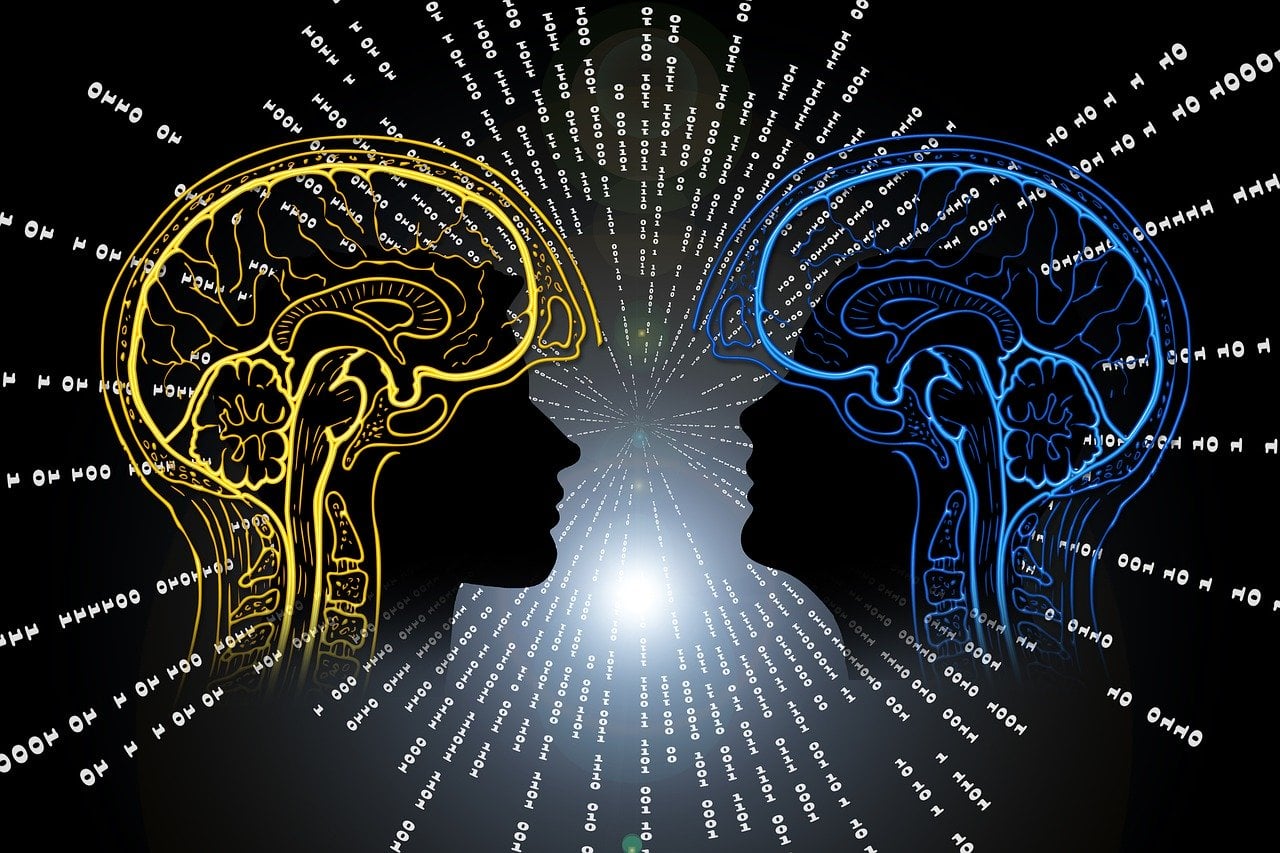Artificial intelligence and machine learning are two of the hottest buzzwords in the technology world. They have become so pervasive in our lives that we don’t even realize that we are using AI and machine learning several times a day. We often use the two terms interchangeably, without realizing that they are not exactly the same thing. In this AI vs machine learning comparison, let’s delve into what they are and how they differ.
Technology heavyweights such as Google, Facebook, Tesla, Apple, and Microsoft are pouring billions of dollars every year to improve the AI and machine learning capabilities of their products and services. AI is used in all sorts of things ranging from robots that are stealing our jobs to web searches and more.
What is artificial intelligence (AI)?
Artificial intelligence is an umbrella term, which means the artificial ability to think. AI algorithms can mimic the cognitive functions of humans to perform a given task in an intelligent manner. AI can be integrated into a system to give machines the cognitive ability to perform tasks.
AI works on if-then statements, which are rules established by programmers. The if-then statements are often called ‘rules engines’ or ‘knowledge graph.’ Depending on the purpose it’s built for, the AI will take up the information you provide, process it based on pre-determined rules, and give you the output.
There are a number of ways AI algorithms can simulate human intelligence. Your smartphone, bank, smart speaker, smart TV, and other items use artificial intelligence on a daily basis. It promises to bring major changes to medical diagnosis, entertainment, self-driving cars, and more in the next few years.
What is machine learning?
Machine learning is a subset of AI, meaning all ML is AI but not all AI is ML. Unlike the knowledge graph and rules engines of AI, machine learning is capable of learning from the experiences/data it’s exposed to. It can modify its own algorithms to evolve without requiring any human intervention.
Think of ML as a newborn baby. As it’s exposed to different experiences, it begins to form its own understanding of the world, and adjusts itself continuously to thrive in that world. The machine learning algorithms try to minimize error and maximize accuracy.
Technology giants such as Nvidia, Google, Amazon and Microsoft are focusing much of their efforts on machine learning. It will increasingly give machines the ability to think like humans.
Machine learning is currently being used in self-driving cars, web searches, emails, smart speakers, medicine, genetics, and much more. The ML programs are helping marketers better understand consumer behavior. They are also helping scientists discover how the human genome works.
Google’s services such as web search, email, and Maps use machine learning to offer a personalized experience. Gmail’s algorithms can predict and show you what you’ll likely reply to an email. It’s not always accurate, but it’s getting better with time as Google’s machine learning algorithms continue to learn from billions of email communications.
AI vs machine learning: Conclusion
Artificial intelligence makes machines smart, giving them the ability to mimic cognitive functions of humans. Machine learning is the enabler for AI, allowing the programs to constantly learn and tweak their own algorithms to get better over time. Machine learning has become the fastest-growing subset of AI.





